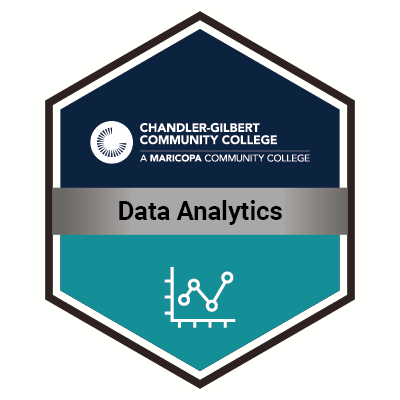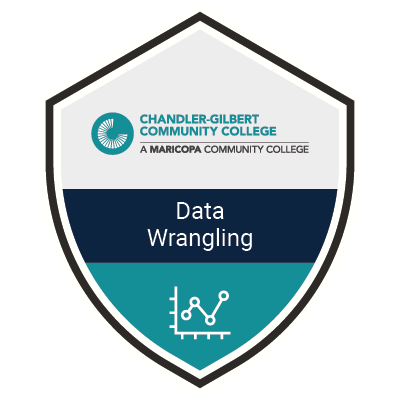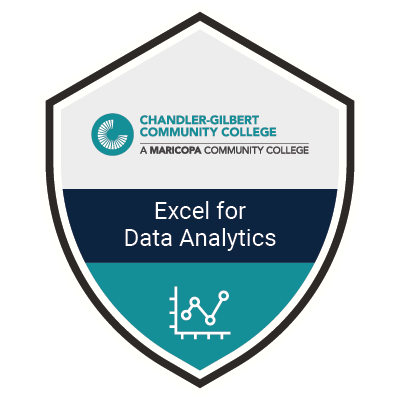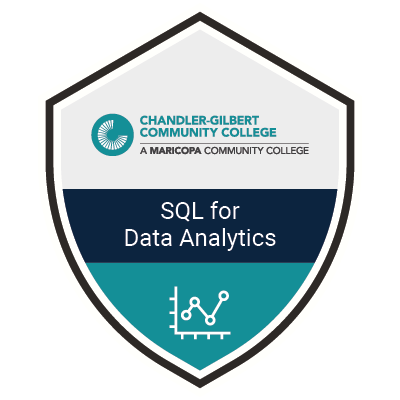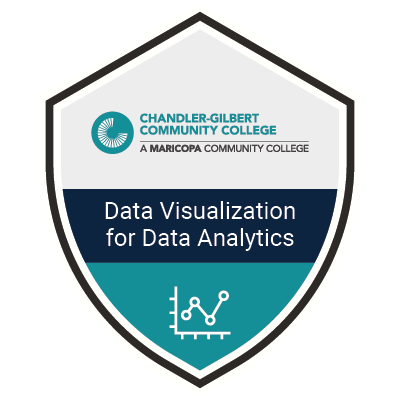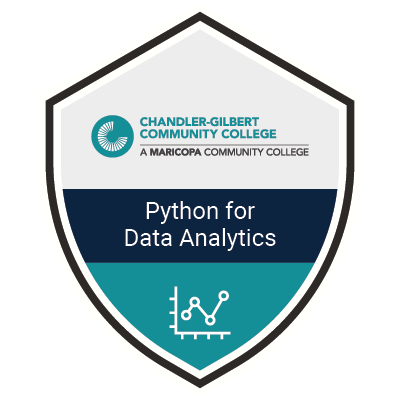What is a Data Analyst?
Data analysts play a crucial role in unlocking valuable insights from data to help businesses make informed decisions. A skilled data analyst is responsible for gathering, refining, and structuring raw data, transforming it into actionable information. These techniques include using advanced computer models, eliminating corrupted data, evaluating the accuracy and significance of information, conducting thorough analysis, and ultimately presenting it to fellow team members.
With the rapid advancement of technology, the possibilities for collecting various types of information have become a crucial part of almost any industry. Data analysts can be found in a wide range of sectors, including criminal justice, fashion, food, technology, business, environment, and the public sector, among many others.
Job Outlook
The future for data analysts is looking positive.
According to the U.S. Bureau of Labor Statistics (BLS), the field of operations research analysts, which includes data analysts, is projected to grow 23% between 2022 and 2032. This means that, on average, around 9,800 new job opportunities will open up each year during this period.
You can find more information on the BLS website.
Additionally, other related occupations also show high growth rates, as reported by the Bureau of Labor Statistics.
Pathway Information
WRKDEV900-20000: Data Analytics Micro Credential (Non-Credit)
This Data Analytics micro-pathway is designed to prepare students to apply principles and concepts in data analytics and model, synthesize, analyze, and present large data sets for business decision making. The microcredential will focus on the software development techniques used in the industry to collect, clean, analyze and visualize data. Students will gain experience working with Excel, SQL, data visualization tools, and Python libraries for data analysis.
28 weeks - Live Online
$790.50
This program is designed for newcomers to the industry and for those looking to upskill within the industry. Upon completion of the course, you will be able to:
- Enter the workforce directly after completing the training. You will have a capstone project created to show you are job ready.
- Earn 8 open digital badges that demonstrate your understanding of each topic*
- Continue your education and stack your credentials into a Data Analytics certificate or degree!
*Earning an open digital badge provides a portable and verifiable way to showcase skills and achievements. These badges can be easily shared online across various platforms, enhancing one's digital presence and credibility.
What You’ll Learn
The microcredentials and badges included within this microcredential pathway certify your proficiency in essential skills for today's workforce, ranging from data analytics fundamentals to critical thinking and problem solving. Each badge represents hands-on experience and demonstrated expertise.
This badge demonstrates the understanding of using Microsoft Excel for extracting, cleaning, transforming, filtering, sorting, analyzing and summarizing raw data from various sources into a format suitable for analysis.
The badge demonstrates an individual’s proficiency in using Excel features and functions for data analysis. This includes skills such as data cleaning, sorting, filtering, formatting, advanced Excel functions, pivot tables, power query, and data visualizations.
Earners of the SQL for Data Analytics badge are familiar with the fundamentals of Structured Query Language (SQL). They have acquired essential skills to use SQL queries to retrieve, manipulate and transform data making them well-equipped to perform data analytics tasks and extract valuable insights from relational databases.
This badge demonstrates proficiency in creating insightful visualizations using Microsoft Power BI. Badge earners will acquire skills to transform data into visually engaging and meaningful dashboards that drive informed business decisions.
Earners of this badge will demonstrate proficiency in leveraging Python libraries and tools such as pandas, numpy, and matplotlib for data manipulation, statistical analysis and to create visualizations to derive insights from data.
Critical thinking in the 21st century includes the capacity to reason logically and rigorously. Effective critical thinkers exhibit four core sub-competencies: gather and assess relevant information; identify patterns; question assumptions; and draw well-reasoned conclusions.
Creative problem-solving in the 21st century workplace includes the capacity to solve problems in new ways. Effective creative problem-solvers exercise four core sub-competencies: both divergent and convergent thinking; identify patterns that may not be obvious; manage ambiguity; and apply an iterative process for generating, testing and refining ideas.
